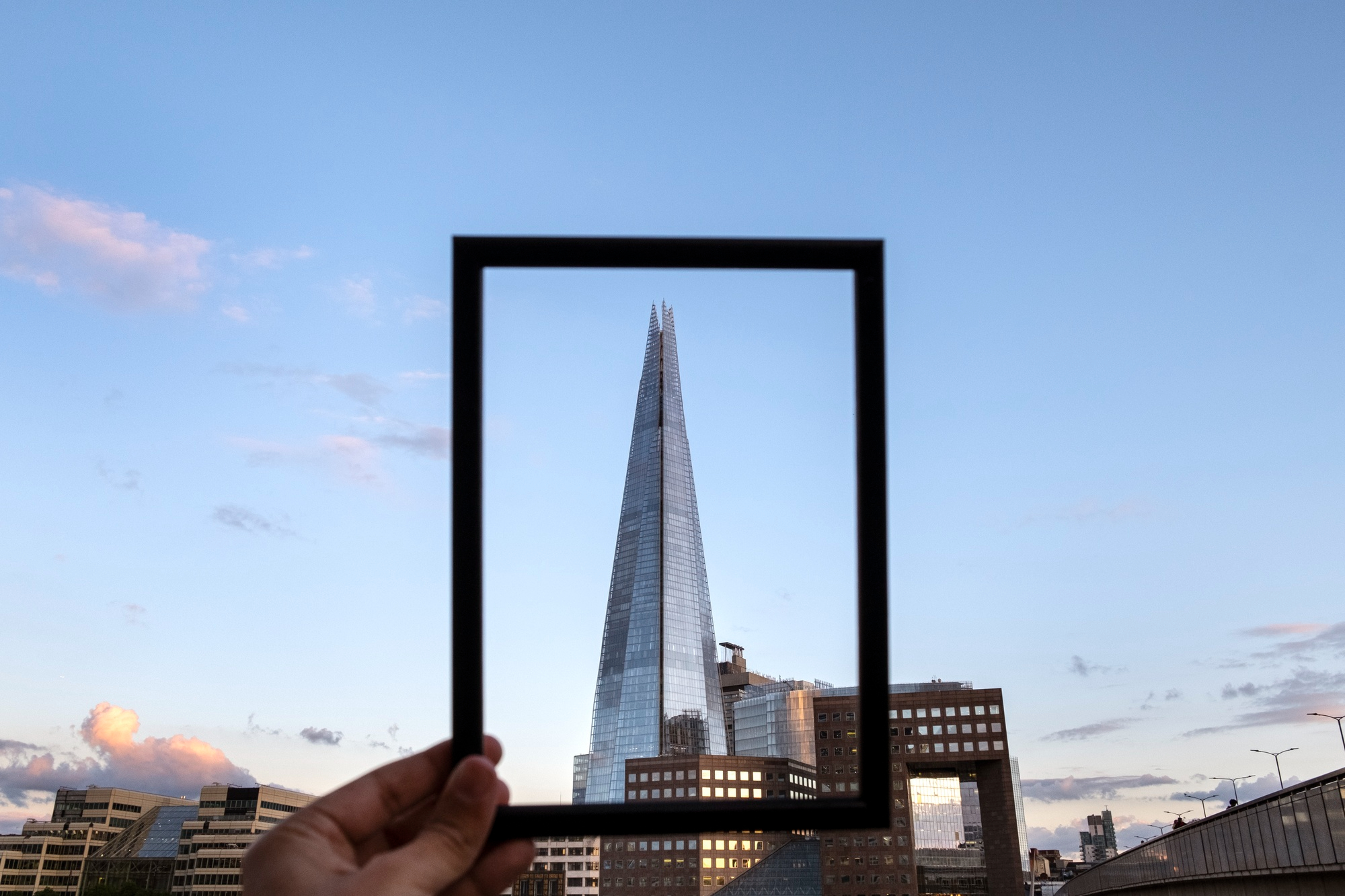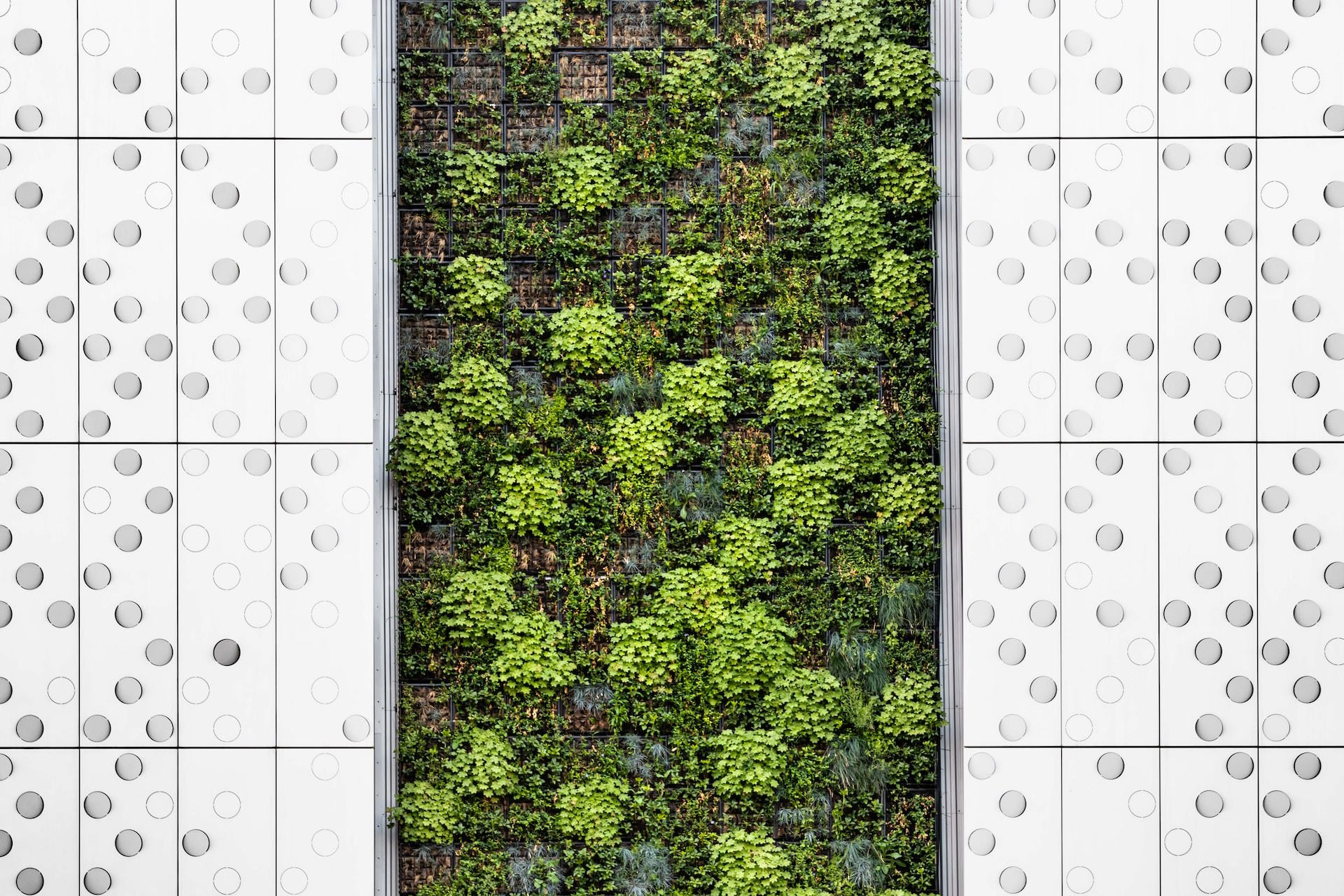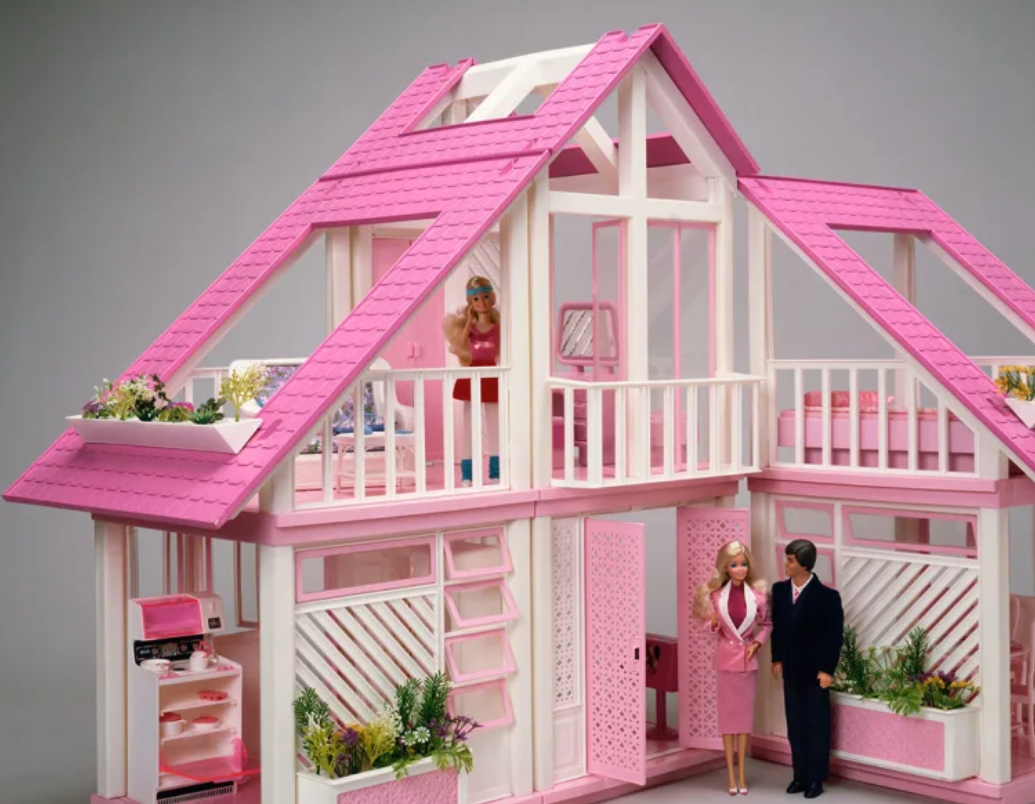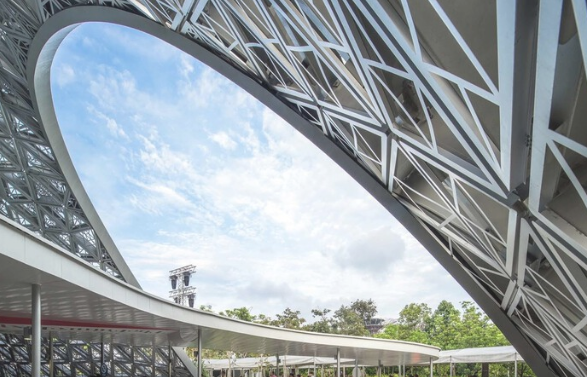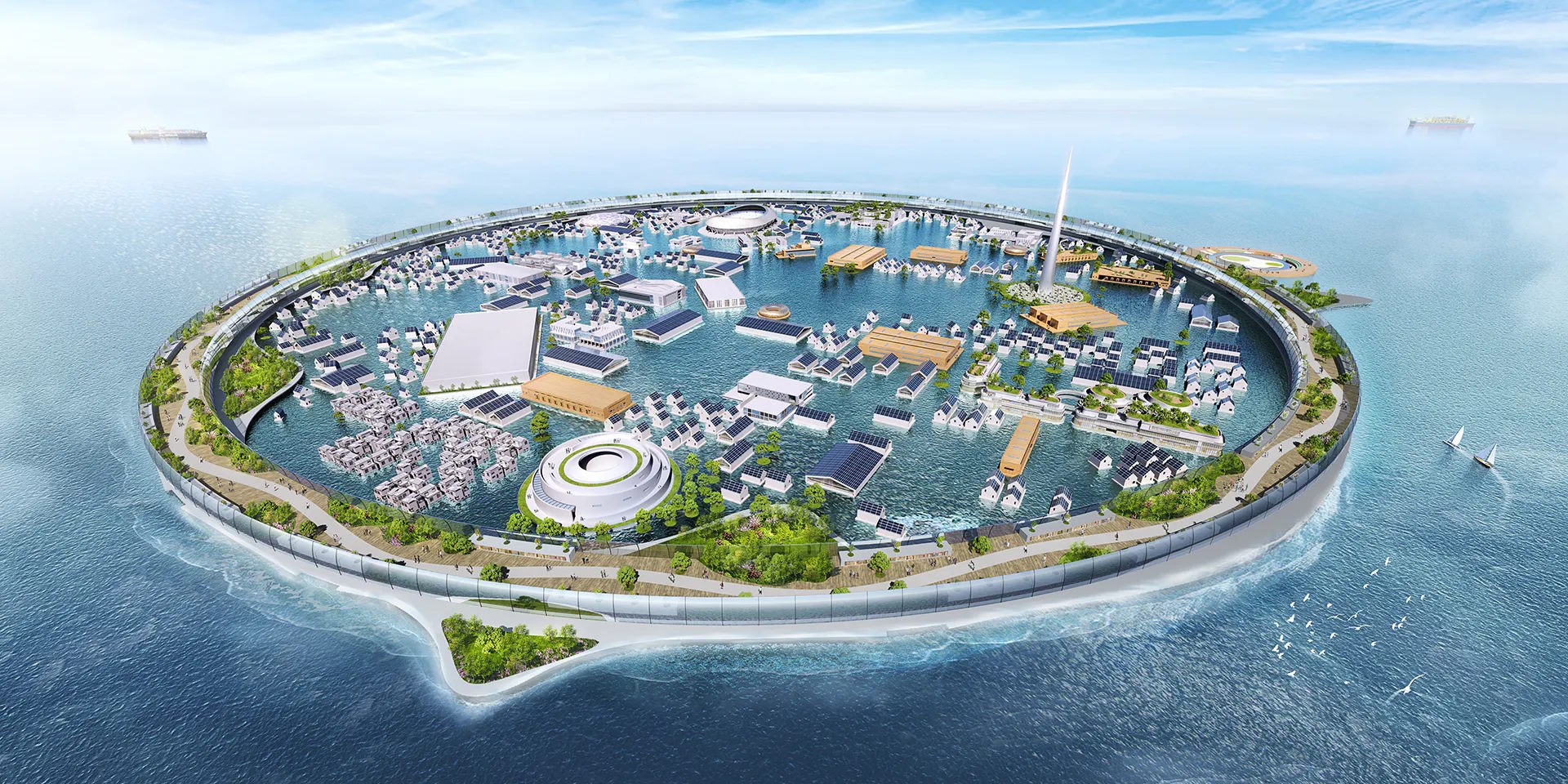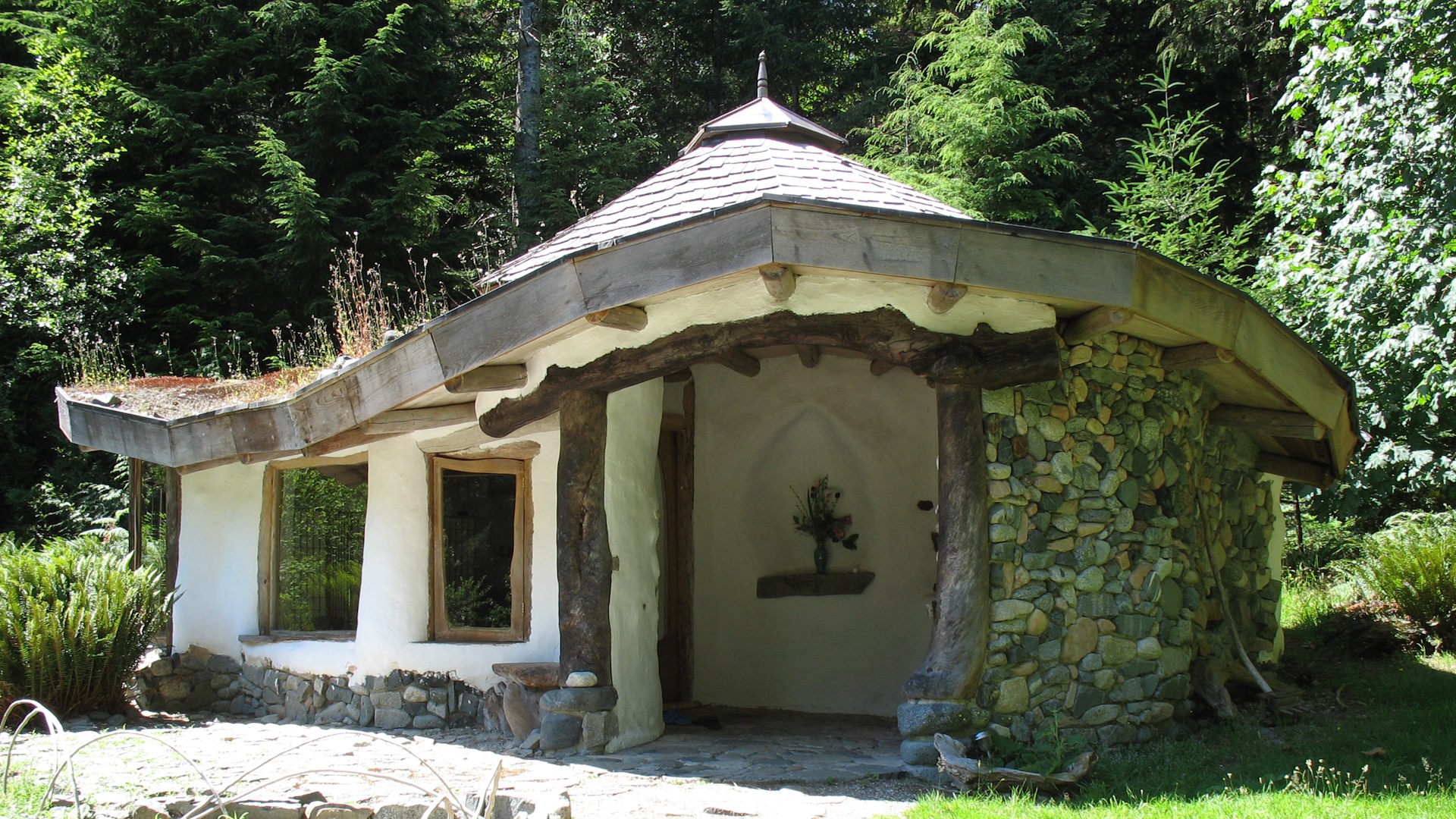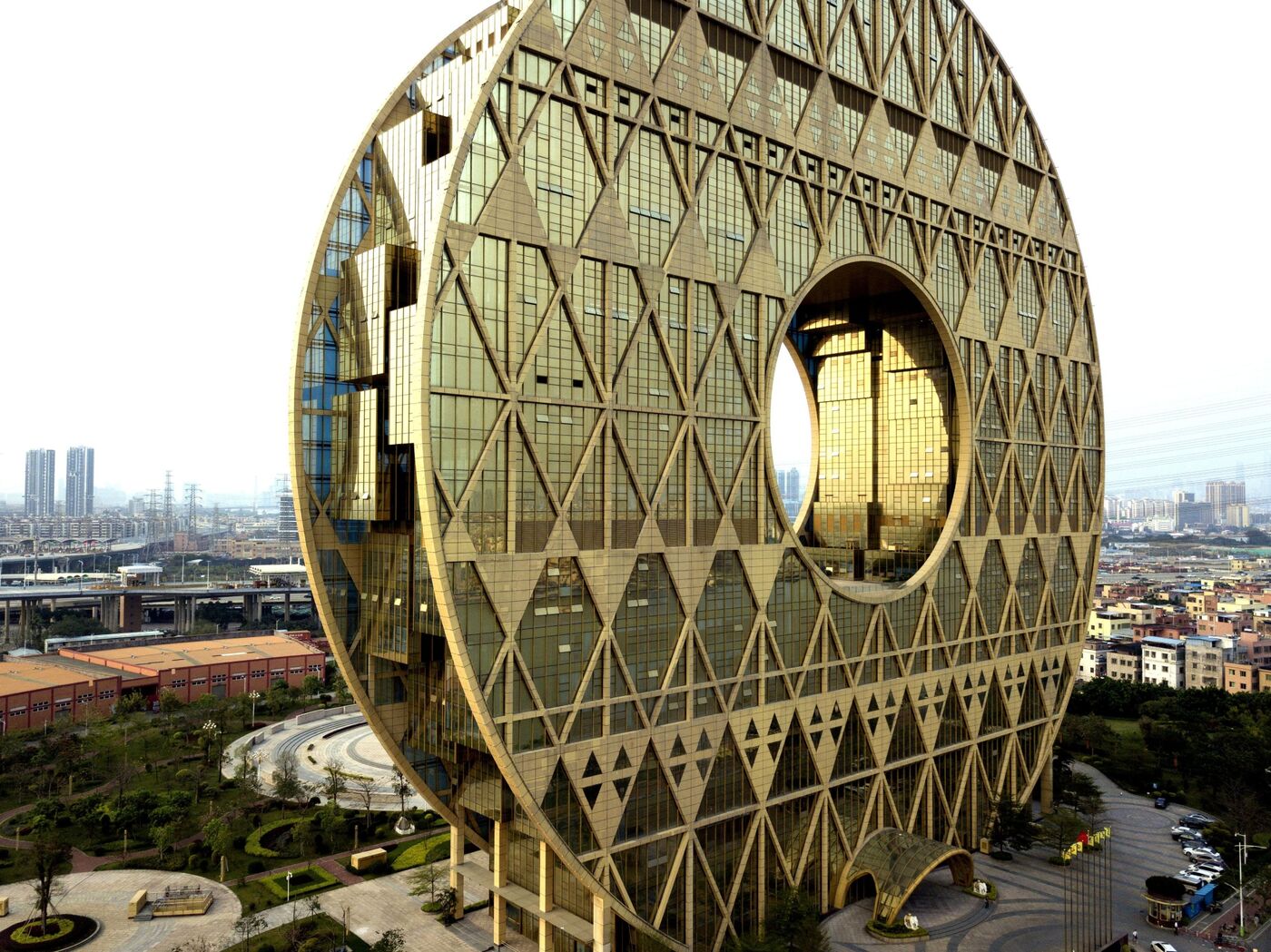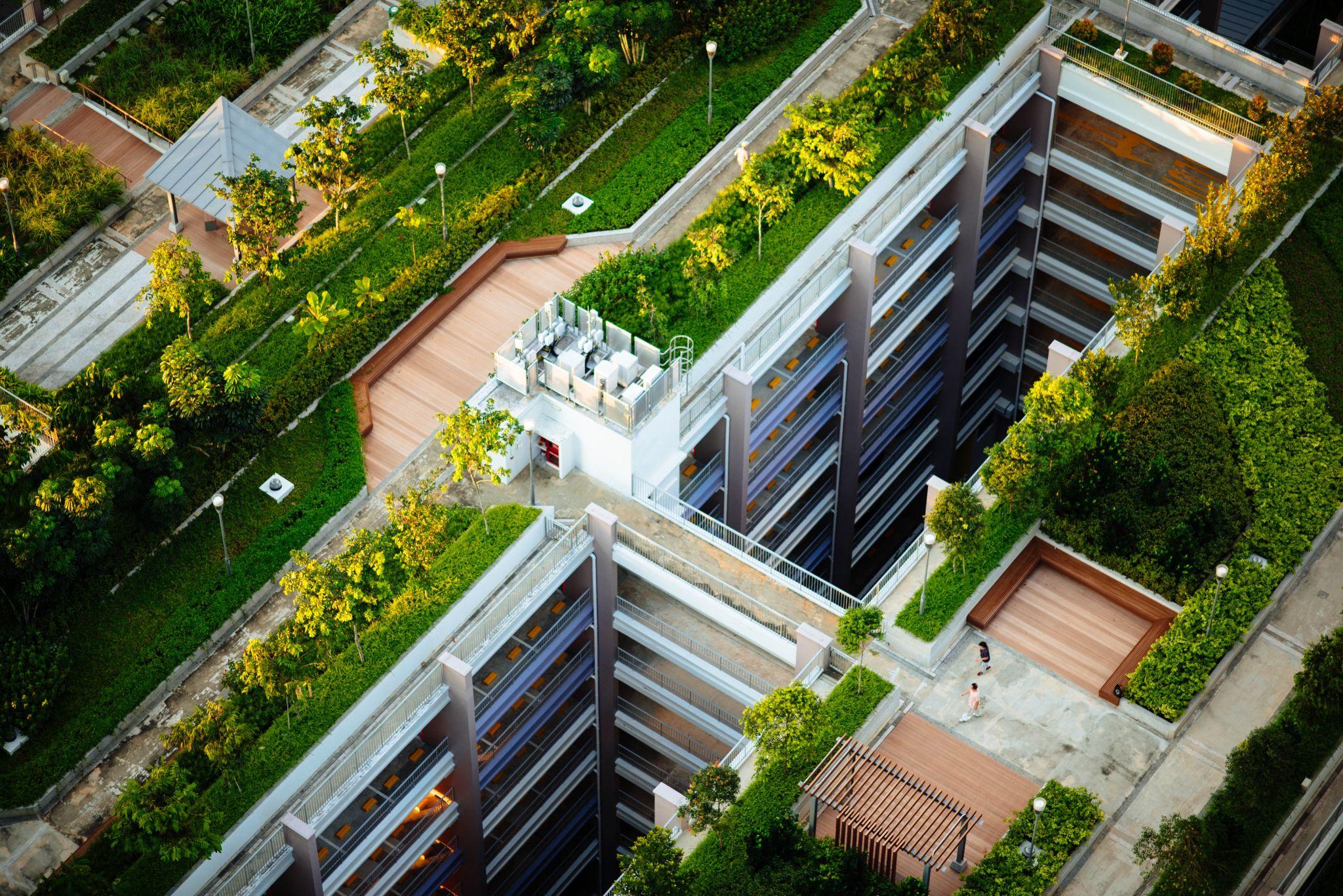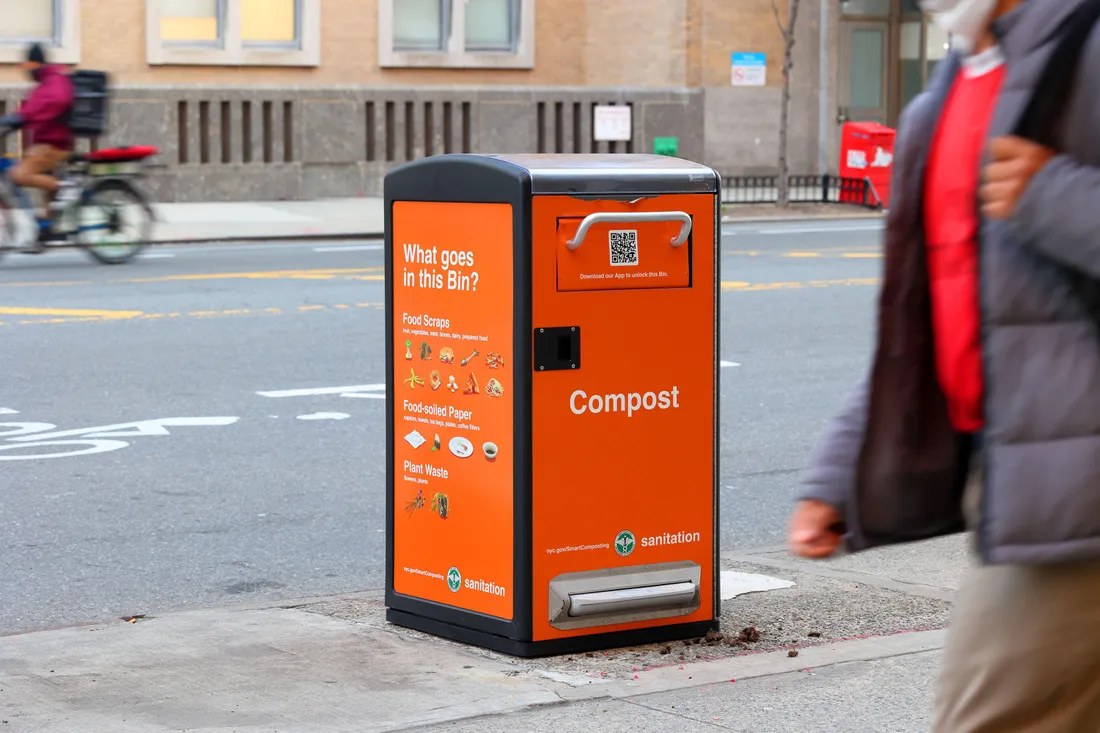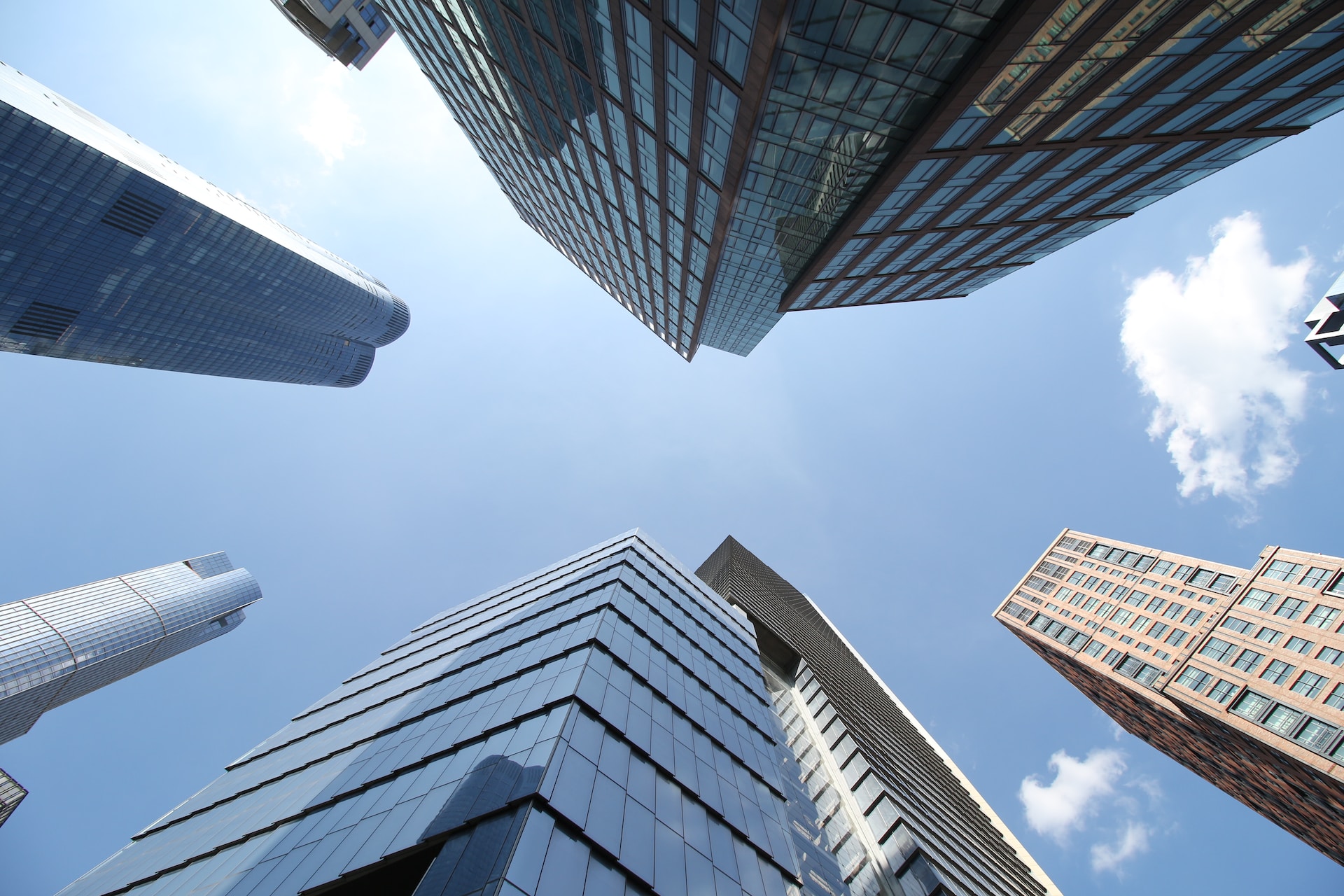Author | Jaime Ramos
When studying the issue of the energy efficiency of buildings, one sometimes gets the feeling that it begins from the roof down. Apart from focusing on achieving clean energy production, it is useful to understand that we have the power to reduce consumption and alleviate energy losses. Passive houses have been doing this for years.
WHAT IS A PASSIVE HOUSE?
The term passive house is defined under a specific building standard governed by the principles of maximum efficiency, comfort and affordability. This is the official description by the Passive House Institute. This agency emphasizes that it is not just about building efficient houses.
It is an architectural concept that “can be applied by anyone and anywhere“. The Institute explains that passive buildings are capable of saving 90% more energy compared with traditional houses; and 75% in relation to average new builds. Furthermore, the construction model works in cold and hot climates.
ORIGIN OF THE CONCEPT AND STANDARD OF PASSIVE HOUSES

This construction trend, which falls within the currents of eco-friendly and sustainable architecture, has a “double origin”. On the one hand, the term was first developed in the 1970s in the United States. The oil crisis led to the US and Canada deciding to building homes that adapted to the nature of the climate of the area. The US Department of Energy established specific building guidelines for 16 climate zones within its territory.
The 1990s, the official standard in Germany (passivhaus) was developed by Bo Adamson, from the Swedish University of Lund, and Wolfgang Feist, from the Institute for Housing and the Environment of Darmstadt, in Germany. In 1996, the Institute was founded with the aim, not of monopolizing the concept from a technical perspective, but rather of sharing knowledge, fostering collaboration and implementing the existing validation instrument that certifies passive houses.
WHAT ARE PASSIVE HOUSES? THE FIVE PRINCIPLES BEHIND THEIR SUCCESS
The “secrets” of passive houses are based on five principles.
High quality insulation
The aim is to increase the layers of thermal insulation in the house, increasing the thickness and covering more areas, so it is completely enveloped, except for windows and doors.
Minimization of thermal bridges
This involves identifying the coldest points of the house, where heat is transferred and escapes, such as corners and joints. There are numerous techniques designed to mitigate this energy loss which, furthermore, help to reduce condensation and humidity.
Airtightness
With the same aim, but applying a pressure technique, the areas in which there are air flows in the house are identified in order to make them airtight.
Mechanical ventilation with heat recovery
These ventilation systems use the existing air in the house to pre-heat or cool the air that enters and, at the same time, purify the stale air. Depending on the climate in the area, they can be used to reduce or increase humidity in the air.
Orientation optimization
This point focuses particularly on doors and windows, on the positioning of these based on the orientation of the house, the climate and changing conditions depending on the time of year. Because passive houses are, after all, an example of adaptive architecture that seeks to make the most of pre-existing conditions in the place in which they are built.
Images | Wikimedia.commons/Jose Miguel Asencio, Freepik/freepik


























